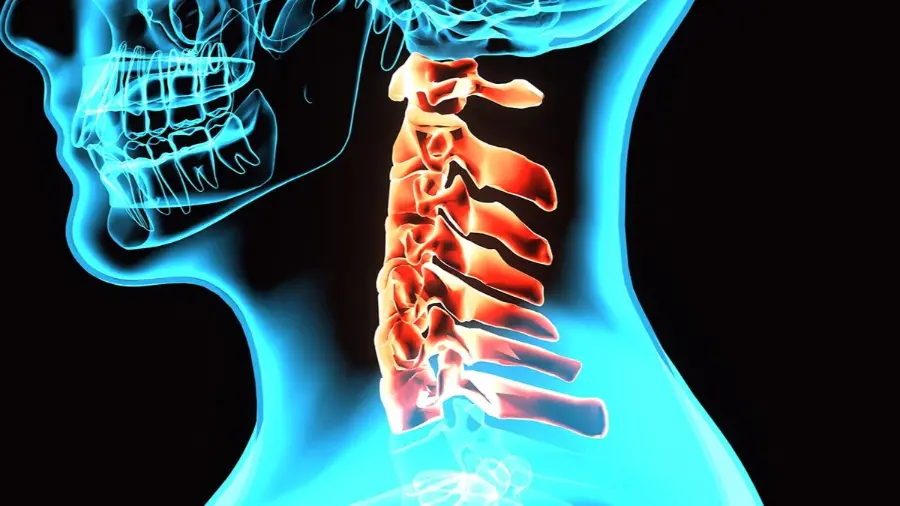What Is a Cervical Spinal Cord Injury?
A cervical spinal cord injury (SCI) refers to damage to the spinal cord within the cervical (neck) region of the spine, typically between the first (C1) and seventh (C7) cervical vertebrae. These injuries can disrupt nerve signals between the brain and body, potentially causing partial or complete paralysis, loss of sensation, or impaired organ function below the injury level.
Cervical SCIs are among the most serious spinal injuries and require immediate medical intervention.
Causes and Risk Factors
- High-impact trauma such as car or motorcycle accidents
- Falls, particularly in older adults or those with osteoporosis
- Sports-related injuries (e.g., diving into shallow water, contact sports)
- Violent trauma (e.g., gunshot or stab wounds)
- Congenital cervical spine abnormalities
- Tumors or infections affecting the spinal cord
Symptoms
Symptoms depend on the level and severity of spinal cord damage. Common signs include:
- Severe neck pain or tenderness following trauma
- Loss of movement (paralysis) in arms, hands, legs, or entire body
- Numbness or tingling in extremities
- Difficulty breathing (especially if injury is at or above C4)
- Loss of bowel or bladder control
- Weakness or incoordination in any part of the body
- Hypotension and slow heart rate (neurogenic shock in high injuries)
Diagnosis
- Immediate spine immobilization at the scene of injury
- Neurological examination to assess motor and sensory function
- X-rays: Check for fractures or dislocations
- CT scan: Detailed view of bone injury and canal narrowing
- MRI: Crucial for evaluating spinal cord compression, hemorrhage, or soft tissue damage
Treatment
Non-Surgical Treatment
- Appropriate only for stable, incomplete injuries without spinal instability
- Immobilization with a cervical collar or halo vest
- High-dose corticosteroids (within 8 hours post-injury in some cases) to reduce inflammation
- Respiratory support may be necessary if diaphragm function is compromised
- Intensive rehabilitation to regain as much function as possible
Surgical Treatment
- Indicated for spinal instability, cord compression, or progressive neurological decline
- Procedures may include spinal decompression, fusion, or fixation with rods and screws
- The goal is to relieve pressure on the spinal cord and stabilize the spine
- Surgery is often urgent or emergent, depending on the severity
Recovery Timeline
- Hospitalization and intensive care for the first days to weeks
- Rehabilitation may span many months or years, depending on injury severity
- Incomplete injuries may show partial improvement within weeks to months
- Complete injuries (no motor or sensory function below injury) have limited recovery potential
- Long-term outlook depends on level of injury, timing of treatment, and rehabilitation adherence
Expert Treatment at Kerlan Jobe Institute
At Kerlan Jobe Institute, our spine specialists are experts in treating cervical spinal cord injuries with precision and urgency. We employ advanced imaging, surgical techniques, and rehabilitation protocols to support patients through every phase — from emergency care to long-term functional recovery.

